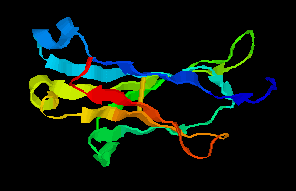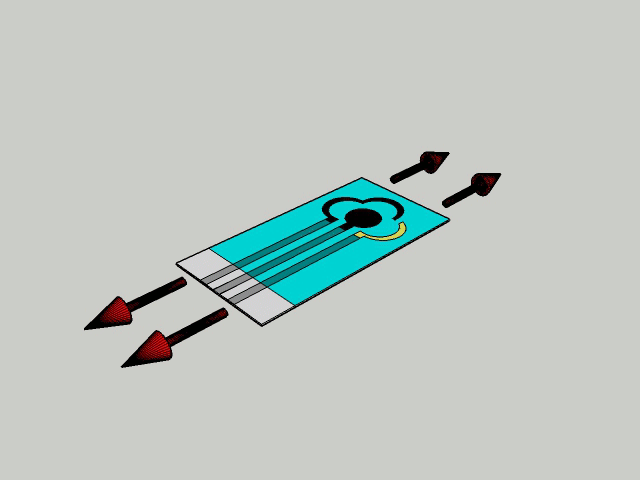_ Department of Nano Bioelectrical Laboratory (Nano Biosensors)
Nano-biosensors and nano-biochips in moving nano-particle molecules through dielectric enhancement through vertical nano-gap architectures
Researcher and author: Dr. ( Afshin Rashid)
_69nx.jpg)


Nano biosensors appear as a powerful alternative to conventional analytical techniques, as nanosensors perform highly sensitive, real-time, and high-frequency monitoring of pollutants without extensive sample preparation. Nano biosensors can be integrated into small devices for rapid screening and monitoring of a wide range of pollutants. Since the nano biosensor is an analytical device, used to detect a chemical substance, which is a combination of a biological component with a physicochemical detector. A sensitive biological element , eg tissue, micro-organisms , etc., a component of a material or biomimetic that interacts with and binds to nanoparticles.
A biosensor typically consists of a bioreceptor (enzyme/antibody/cell/nucleic acid/aptamer), a transducer component (semiconductor material/nanomaterial) and an electronic system that includes a signal amplifier , processor and screen. It is a show. Transducers and electronics can be combined, for example, in CMOS-based microsensor systems . The detection component, often called a biological receptor, uses biomolecules from living organisms or organisms modeled after biological systems to interact with the analyte of interest. This interaction is measured by the transmitter transmitter, which gives a measurable signal proportional to the presence of the target analyte in the sample.
Conclusion :
In , the dynamic process of sorting and accurate positioning of nanoparticle biomasses in predefined microstructures is very important, however, this is a major obstacle to the realization of surface-sensitive nanobiosensors and practical nanobiochips.
Researcher and author: Dr. ( Afshin Rashid)
Specialized doctorate in nano-microelectronics
Kinetics of self-assembly in electric nano-biosensors and self-assembled biomolecular nanostructures
Electrical nano biosensors and measurement of biological responses
Investigating the basis of formation and construction and types (electrical nano biosensors)
Nanoelectronics and the evolution of electric nanobiosensors
nano ,sensitive ,biosensors ,component ,with ,vertical ,nano biosensors ,surface sensitive ,important however ,dynamic process ,however this ,enhancement through vertical ,very important however ,surface sensitive nanobiosensors ,dielectric enhancement through

